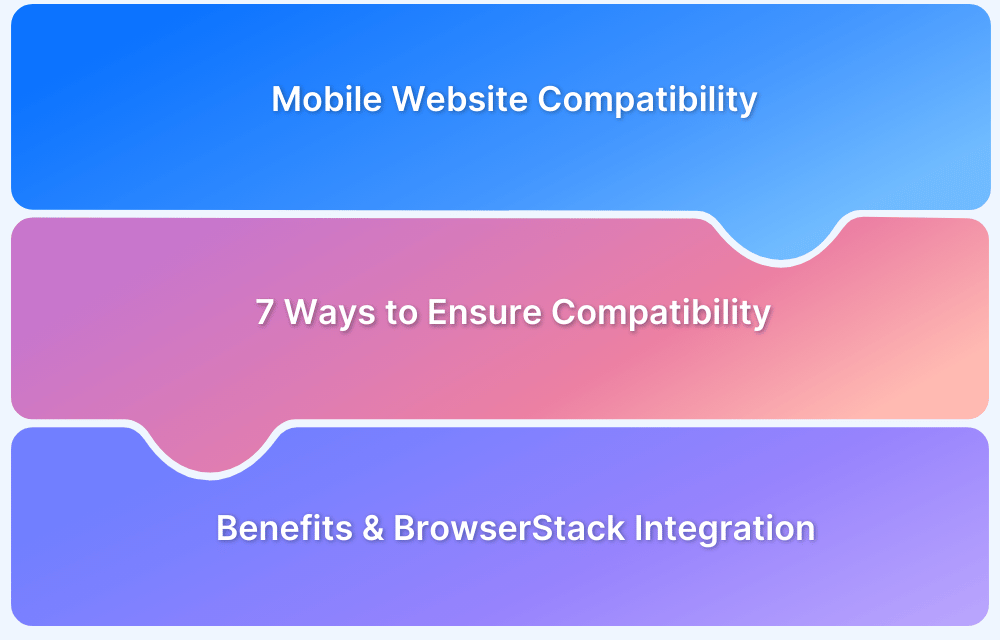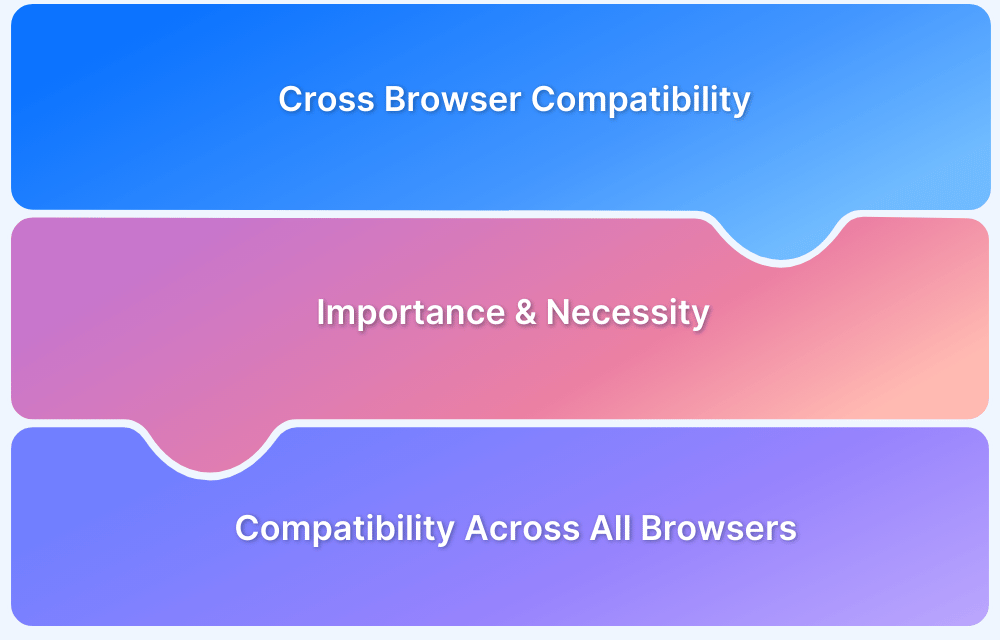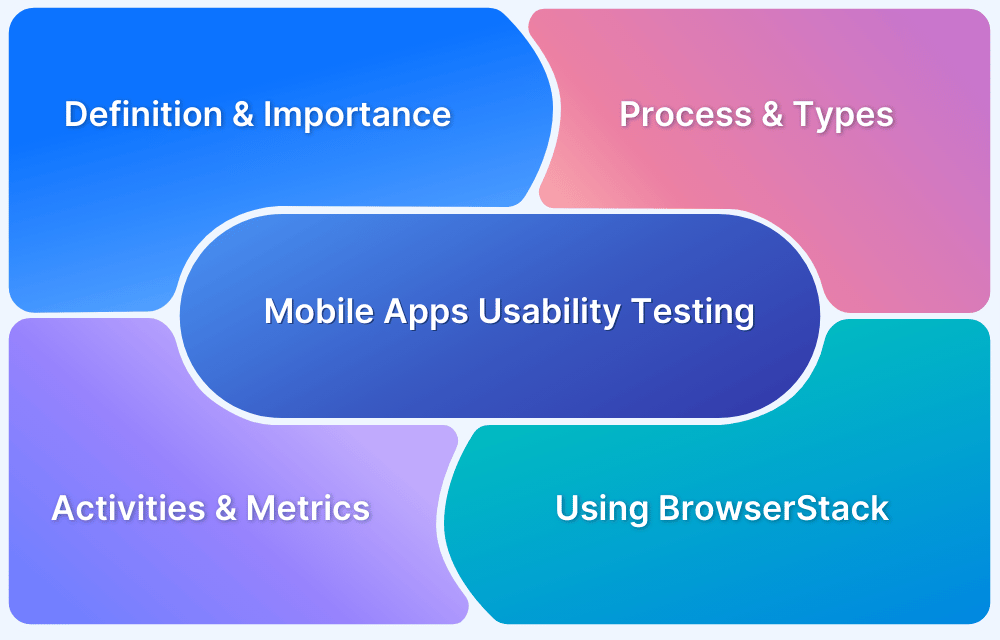Having a mobile-friendly website is essential because it ensures your site is easily accessible and functional on mobile devices.
Overview
What is a Mobile-Compatible Website?
A mobile-compatible website is a site designed to display and function properly on mobile devices. The content of the website should adapt to the size and orientation of the device and ensure users can interact with it.
How to Make a Website Mobile Compatible?
- Responsive Design: Ensure your website adapts automatically to different screen sizes.
- Simplify Navigation: Create intuitive, easy-to-tap menus that make it simple for users to navigate your site on mobile.
- Eliminate Distractions: Remove pop-ups, excessive ads, and other elements that disrupt the mobile browsing experience.
- Prioritize Speed: Improve load times by compressing images, minimizing heavy scripts, and using caching for faster performance.
- Simplify Design: Use a minimal layout, compact menus, and touch-friendly buttons for faster loading and easier navigation on mobile.
- Make Search Box Visible: Place the search bar in an easily accessible location so users can quickly find the content they need.
- Ensure Cross-Browser & Cross-Device Compatibility: Regularly test your website on various devices and browsers to ensure consistent performance across platforms.
Best Tools to Test Mobile Websites
- BrowserStack: Provides cloud-based access to real mobile devices for testing mobile websites across multiple browsers and operating systems.
- Dopinger: Offers mobile website testing and performance optimization to ensure seamless user experiences across devices.
- Selenium: An open-source automation tool for running tests on mobile websites across various browsers, commonly used for functional and regression testing.
- Cypress: A fast and reliable testing framework that offers end-to-end testing capabilities.
- Playwright: An automation framework for end-to-end mobile website testing that supports multiple devices, browsers, and mobile emulation.
This article will explain how to ensure mobile website compatibility in 7 easy ways.
What is Mobile Website Compatibility?
Mobile website compatibility enables a website to function properly and display correctly on a variety of browsers and mobile devices, such as smartphones and tablets. With the rise of mobile devices, it has become essential for websites to be designed and developed with mobile compatibility in mind.
Mobile website compatibility involves a range of considerations, including responsive design, optimized images, and fast loading times. A mobile-friendly website should have a design that adapts to different screen sizes, making it easy for users to navigate and access the content. Images should be optimized for mobile devices to reduce load times and prevent slow page rendering.
7 ways to ensure Mobile Website Compatibility
Making your website mobile-friendly allows more users to access your website and perform desired actions.
To implement a mobile-first website ensure:
- Implement Responsive Design
- Simplify Navigation
- Get Rid of Disruptions
- Be Uncompromising with Speed
- Simplify Design
- Keep the Search Option Front and Center
- Ensure Cross-browser and Cross-device Compatibility
Here is a detailed explanation of these strategies.
1. Implement Responsive Design
Now, a website might be working perfectly across multiple browser-device combinations. However, with thousands of devices with different screen sizes and resolutions being used worldwide, there is an excellent chance that the site won’t render accurately on some screens.
To prevent this, web developers implement responsive design, and they must check the efficacy of said responsive design on different real devices. To do so, testers must once again resort to real devices.
They can use BrowserStack’s free responsive design checker to check on popular devices like iPhone X, Galaxy Note 10, iPhone 8 Plus, Galaxy S9 Plus, and more. For access to a broader range of real devices (Apple, Samsung, Motorola, and many more), testers can sign up for free and choose from thousands of real devices to check their website’s appearance.
2. Simplify Navigation
Generally, users tend to open websites on mobile devices to look for something specific rather than aimlessly browsing. They might be looking for a particular product or piece of information, an address, phone number, or something equally particular.
Consequently, mobile versions of websites must be designed to make navigation as simple as possible. Make the most commonly searched information upfront and easy to find, preferably right on the homepage. Additionally, FAQs should also be visible and incorporate all the information new users need. They don’t have to be in the first fold, but a quick scroll should make them available to mobile users.
To analyze user behavior on mobile devices, use Google Analytics. Add Mobile Traffic as a Segment under the Behavior option, which will reveal how mobile users interact with the site.
For example, if Analytics shows that mobile visitors to a grocery website frequently look for the Fruit and Vegetable section, rework the site to make it more accessible. Essentially, reduce the steps between a user reaching the website and finding what they are looking for.
3. Get rid of Disruptions
Few things are as annoying as having pop-ups and blocking the content on a small screen. Don’t expect visitors to spend time getting rid of the ad – they are much more likely to just bounce.
In order to ensure optimal mobile website compatibility, don’t allow irrelevant ads and pop-ups to disrupt the user’s journey. If the pop-up is essential, at least make it easy for the mobile user to dismiss them, or allow them to show up once the user has scrolled to the bottom of the page.
4. Be uncompromising with Speed
- Websites that load within two seconds have an average bounce rate of 9%, while pages that load in five seconds have bounce rates as high as 38%. (Source)
- According to research by Google, 40% of users abandon a website that takes more than 3 seconds to load. Additionally, Google considers website speed as a major factor when ranking websites in its search results.
On mobile, users expect sites to load faster than on desktops. A website compatible with mobile devices must load at lightning speed across multiple device-browser combinations.
Read More: How to Increase Website Speed
Once a website has been optimized, it must be tested for loading speed. This verification must be done on real devices in real user conditions.
An easy way to do this is to use BrowserStack SpeedLab. It is a free tool, allowing users to test website speed on multiple real browsers and devices with a single click. The results offer insights into website speed across desktop and mobile, so testers can identify browser or device-specific speed bottlenecks instantly.
5. Simplify Design
The smaller the screen, the less clutter it can handle. Mobile-compatible websites thrive when equipped with a minimal design that facilitates easy navigation. Additionally, with fewer items on a page, they load faster.
For example, think of the menu. If a site has numerous pages and sections, a large menu is ideal for desktop screens. On mobile screens, an extensive menu will be unsightly and difficult to manage.
In this case, designers can either include the most important items in the menu or hide the menu behind a hamburger button on the home screen. This prevents it from taking up too much space on the screen while giving site visitors everything they need.
Keep buttons large enough to be tapped with a finger. There should be enough space between buttons so that users don’t accidentally click the wrong button by mistake.
CTAs should be equally visible and redirect users to relevant pages. Don’t use large blocks of text. Keep things as minimal as humanly possible.
6. Keep the Search option front and center
Make it easy for users to search for something specific. Users rarely have the patience to search an entire site for something when they are on mobile. A visible search bar gives them the benefit of speed and also does away with the need for large and complex menus.
7. Ensure cross-browser and cross-device compatibility
Expect a mobile website to be accessed from multiple mobile browsers and devices. The site will have to render perfectly on each device, browser, and browser version, considering their technical variances and idiosyncrasies. The only way to ensure this is to perform comprehensive cross browser testing across real browsers and devices. Testers need to check how the website renders and operates in real user conditions, for which they need to test on multiple unique browser-device-OS combinations.
Given that there are at least 63,000 possible browser-platform-device combinations in popular usage, QA teams need access to a massive on-premise device lab (constantly updated with newer devices) to perform satisfactory cross browser compatibility testing.
Not every organization has the finances or the human resources to set up and maintain such a lab, and they don’t have to. They can use BrowserStack, a cloud-based testing platform offering access to a real device cloud of 2000+ real browsers and devices. Be it manual testing or automated Selenium testing, testers can utilize BrowserStack’s infrastructure to get 100% accurate results in real-world circumstances.
Test Websites on Real Mobile Devices Free
5 Best Tools to Test Mobile Website
Here are the five best tools to test if your website is mobile-friendly.
1. BrowserStack
BrowserStack offers cloud-based access to real mobile devices for testing mobile websites. It helps developers ensure compatibility across various mobile browsers and operating systems. The platform supports both manual and automated testing to help you test on a wide range of devices without maintaining a physical device lab.
2. Dopinger
Dopinger ensures that your website not only works well on mobile but also loads quickly and provides a smoother experience for users. It helps identify bottlenecks, slow loading pages, and other performance issues that could affect mobile user engagement.
3. Selenium
Selenium is a popular open-source framework that enables testers to script and run tests across different mobile browsers. Used for functional and regression testing, Selenium ensures that mobile websites perform reliably across various devices and browsers.
4. Cypress
Cypress is a JavaScript-based end-to-end testing framework. It allows developers to ensure their web applications are mobile-friendly by testing responsiveness and interactions directly within the browser. Thanks to its real-time test execution and easy-to-use interface, Cypress quickly spots layout issues and ensures that touch events are properly triggered on mobile-sized screens.
5. Playwright
Playwright is a more flexible and powerful browser automation tool designed for testing modern web applications across a wide variety of browsers and devices. It allows developers to simulate real mobile devices, including touch events, device geolocation, and screen orientation changes. It is ideal if you need more flexibility, language support, or advanced parallel testing capabilities in your test suite.
Conclusion
As more users access websites on mobile devices, it’s important that your site adapts to different screen sizes and functions properly across all devices. A mobile-friendly site increases user satisfaction, improves engagement, and can boost conversions.
To make your website mobile compatible, implement responsive design to adjust to various screen sizes and simplify navigation to make it easier for users to find what they need. Additionally, remove unnecessary elements like pop-ups that might disrupt the experience.
You can test your website on BrowserStack to ensure that it looks and works properly across devices and browsers with ease.






